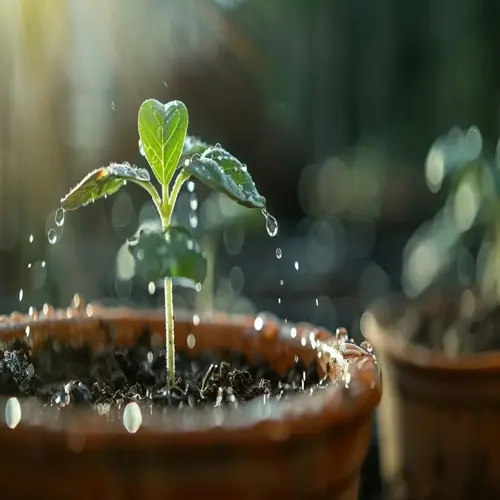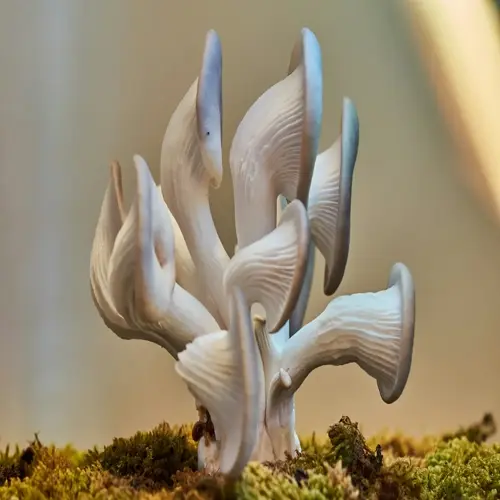How many pepper plants can I grow in a large container?

Written by
Tina Carter
Reviewed by
Prof. Charles Hartman, Ph.D.The number of pepper plants permitted in a container is really dependent on several important factors. The size of the container, root size, and bush varieties all play a part in deciding spacing. I have found that overcrowding reduces production and can increase disease susceptibility. Spacing will allow each plant to get proper light, air, and nutrients for proper healthy growth.
Root Development
- Pepper roots need 12-18 inches horizontal space
- Overcrowding causes root competition and stunting
- Dense roots increase water stress during hot weather
Air Circulation
- Proper spacing prevents fungal diseases
- Leaves need airflow to dry after watering
- Crowded plants trap humidity creating mold risks
Light Access
- Each plant requires full sun exposure
- Overlapping foliage shades lower leaves
- Insufficient light reduces flowering and fruiting
Use this chart as a planting guide for various container setups. Pot size dimensions correspond to pepper varieties and their growth habits. Compact or non-sprawling types handle closer spacing, while sprawling varieties require more space. Always use plant health as your guide, not maximizing quantity. My balcony garden has successfully implemented these spacing rules.
Having large containers provides possibilities for creative companion planting strategies. Try planting peppers alongside basil, as basil helps ward off pests and both plants have similar growing needs. Avoid planting any other nightshades nearby to minimize disease transfer. Specifically, for my peppers, I will plant them in 20-gallon fabric pots, with marigolds and onions planted around the peppers to form a protective guild.
Observe plants weekly for signs of crowding. Yellowing of the lower leaves may indicate potential light competition. If plants grow slowly, it may be due to root confinement. If plants are not thriving, consider transplantation into a larger container. Suppose plants are properly spaced from the beginning. In that case, these situations can be avoided, resulting in healthier and more productive pepper plants.
Read the full article: 10 Expert Tips: How to Grow Peppers in Containers

